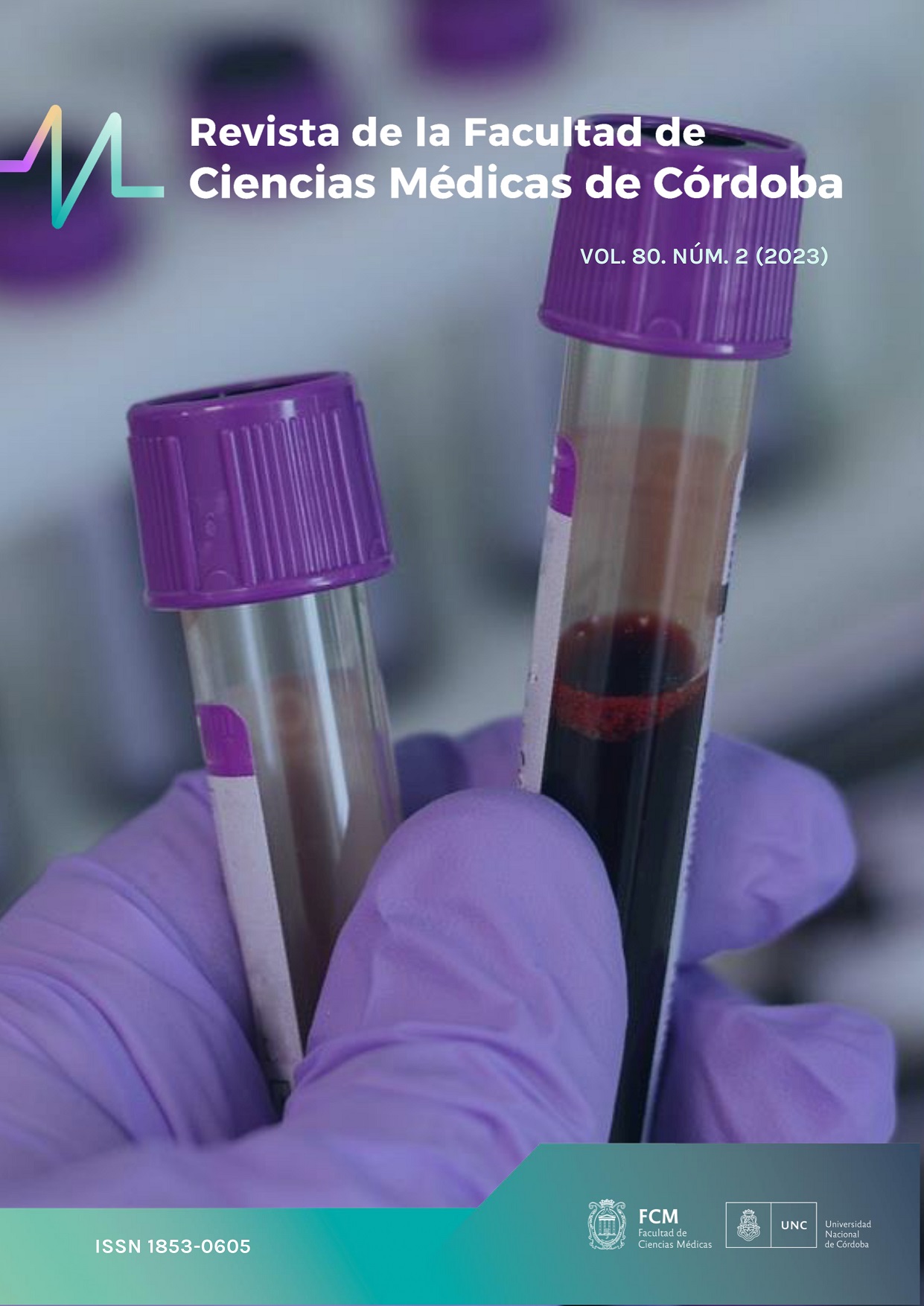Del análisis in silico a la validación experimental. Estudio de dos mutaciones causantes de la enfermedad poco frecuente CLN7
Keywords:
neuronal ceroid-lipofuscinoses, case study, frameshift mutation, validation studyAbstract
The rare disease CLN7 (OMIM #610951) is a form of Neuronal Ceroid Lipofuscinosis, a neurodegenerative lysosomal storage disorder that primarily affects children. CLN7 is caused by alterations in the MFSD8/CLN7 gene, which encodes the lysosomal membrane protein MFSD8/CLN7. It is characterized by a late-infantile phenotype, with the first symptoms (seizures, psychomotor deterioration, occasional vision loss) appearing between 1.5 and 6 years of age. So far, the only diagnostic tool is genetic analysis, accompanied by predictive studies of the detected variants using bioinformatic analysis. This is generally considered sufficient for diagnosis without the need for experimental analysis to confirm predictions.
At NCL Translational Research Program in Cordoba (Argentina), five CLN7 cases and their respective genetic variants were recorded: two exonic mutations (E3 c.103C>T, p.Arg35* and E13 c.1394G>A, p.Arg465Gln), which have been reported in other cases and experimentally corroborated; and two intronic variants (I9 c.863+1G>A, p.? and I9 c.863+4A>G, p.?), also reported in other patients but not yet experimentally validated. This study aims to present the clinical characteristics of five CLN7 cases and experimentally investigate the two unvalidated intronic mutations.
An in silico analysis was performed, accompanied by an in vitro study involving an expression analysis using a splicing reporter (pSPL3). The variants located at the exon level were classified as "pathogenic" and the intronic variants (potentially causing loss of the splice donor site) were classified as "pathogenic" and "of uncertain significance". The pSPL3 assay confirmed that both variants affect splicing, causing the loss of exon 9, which would impact MFSD8/CLN7 by altering the reading frame and leading to the appearance of an early stop codon.
This work is relevant because it contributes to expanding current knowledge of the rare CLN7 disease, both clinically and genetically, by experimentally confirming the pathogenic effects of two mutations associated with this disease.
*The patients’ parents and/or guardians signed an informed consent approved by the CIEIS-Polo Hospitalario of the Province of Córdoba.
Downloads
References
.
Downloads
Published
Issue
Section
License
Copyright (c) 2024 Universidad Nacional de Córdoba

This work is licensed under a Creative Commons Attribution-NonCommercial 4.0 International License.
The generation of derivative works is allowed as long as it is not done for commercial purposes. The original work may not be used for commercial purposes.











